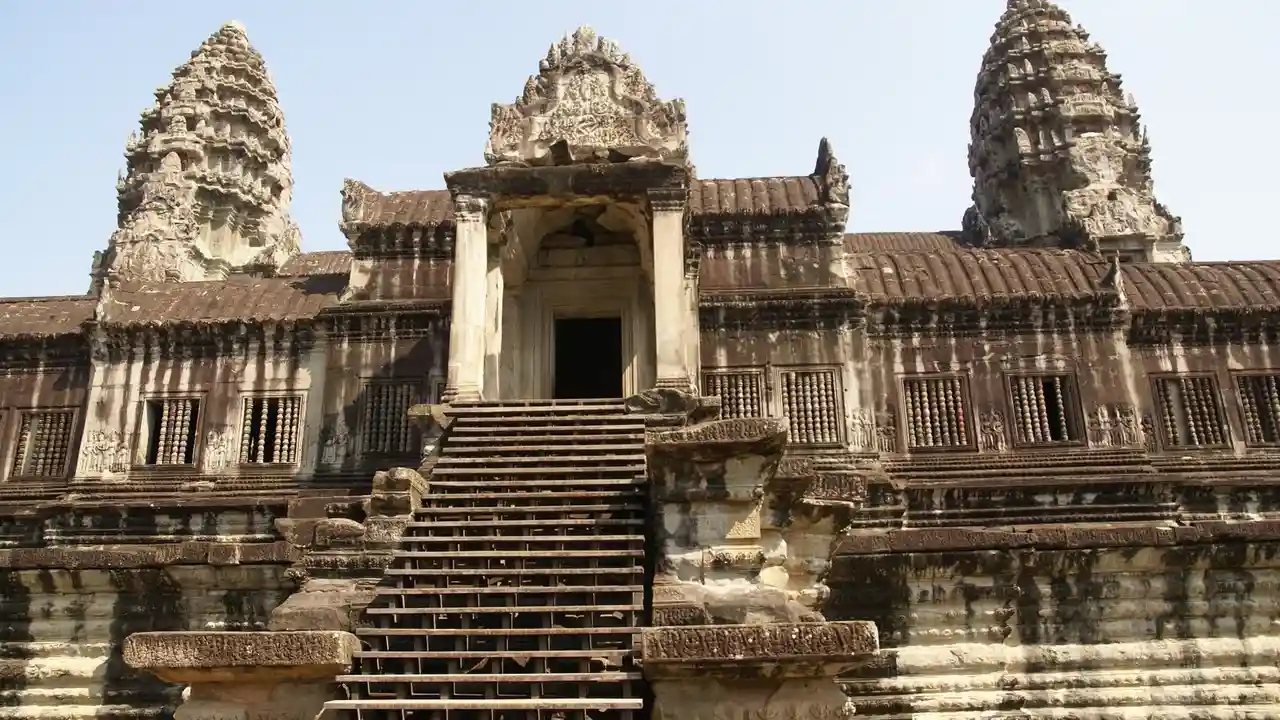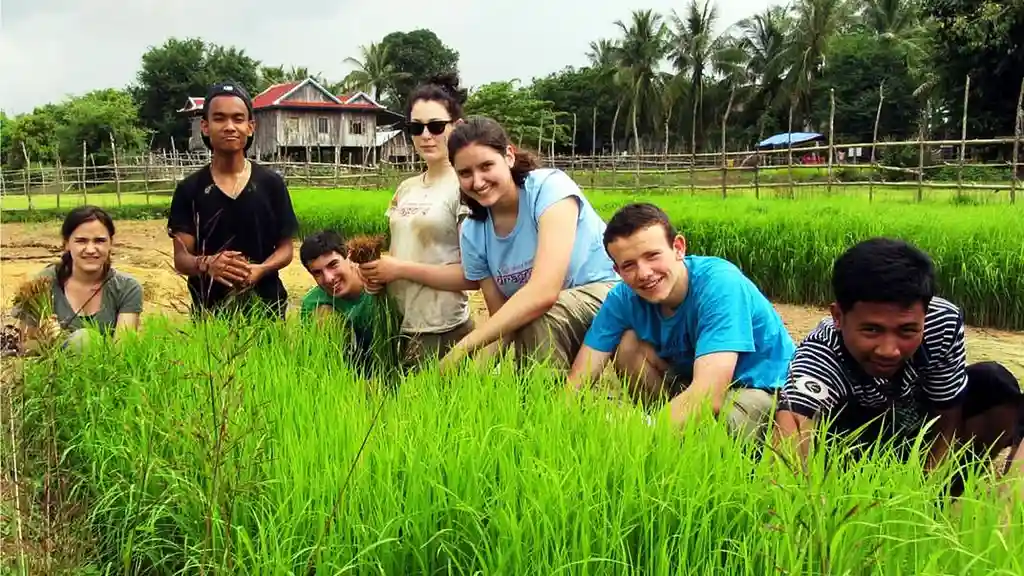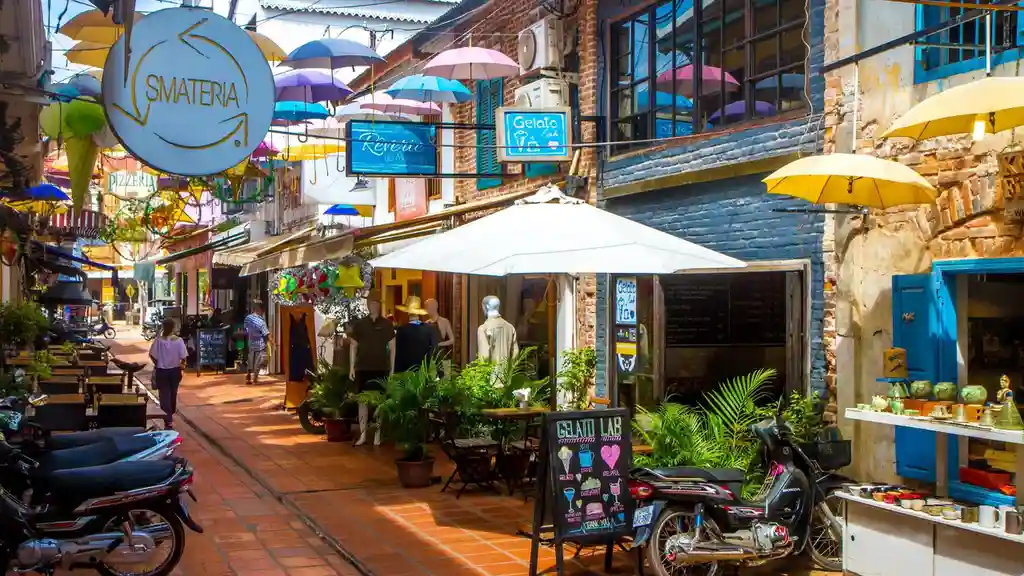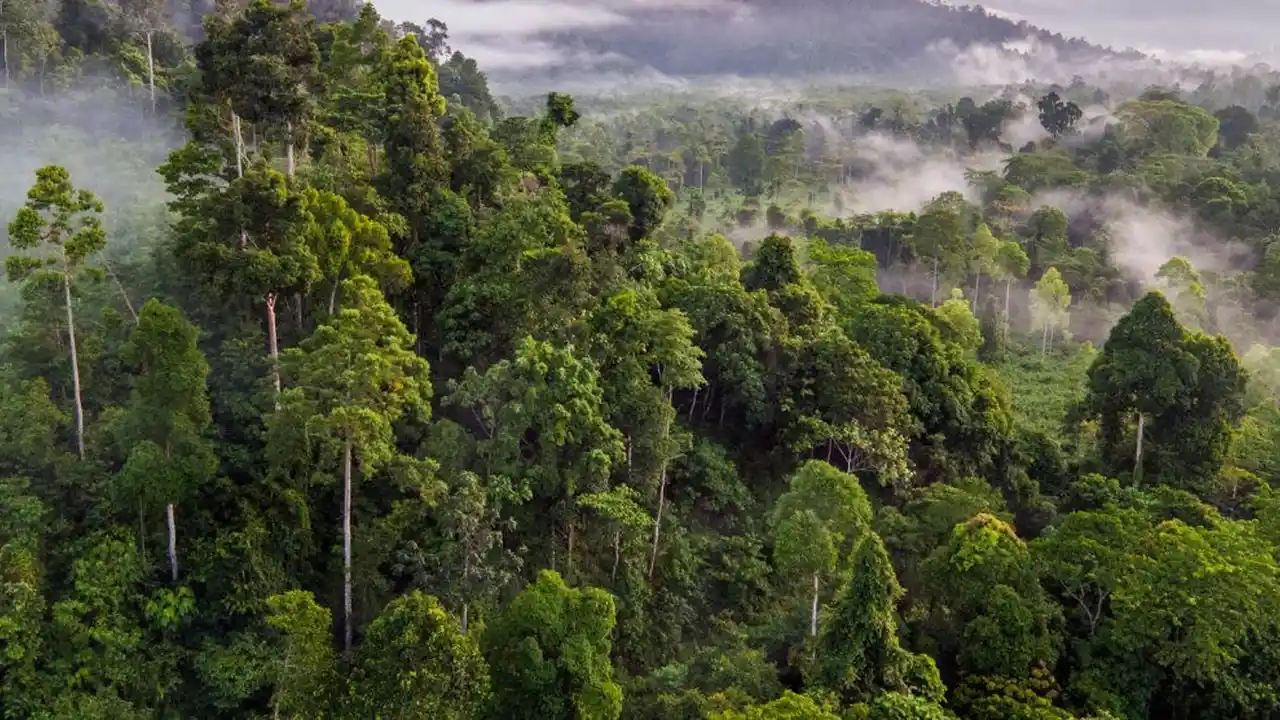Angkor Wat Temple Pass: A US Tourist's Guide to Choosing the Right Option

Understanding the Angkor Wat Temple Pass Options Your Key to Unlocking the Temples
Okay, so you're heading to Angkor Wat! Amazing choice. Get ready to be blown away. But before you start snapping those sunrise photos, you'll need a temple pass. Think of it as your all-access ticket to the ancient world. Now, navigating the temple pass system can be a little confusing, especially for us Americans. So, let's break it down and make sure you choose the right option for your trip.
There are three main Angkor Wat temple pass options:
- 1-day pass: Perfect for a quick visit or if you're on a super tight budget.
- 3-day pass: A solid choice for most travelers, allowing you to explore the main temples at a comfortable pace.
- 7-day pass: Ideal for serious temple enthusiasts, photographers, or anyone who wants to delve deeper into the Angkor region.
Choosing the Right Pass Length Considering Your Itinerary and Budget
So, which pass is right for you? Let's consider a few factors:
- How long are you staying in Siem Reap? If you're only there for a day or two, the 1-day or 3-day pass is the obvious choice. If you're planning a longer stay, the 7-day pass might be worth the investment.
- What are your must-see temples? Do you just want to see Angkor Wat and Angkor Thom? Or do you want to explore some of the more remote and less crowded temples? The more temples you want to see, the longer pass you'll need.
- What's your budget? The passes get progressively more expensive as the duration increases. The 1-day pass is the cheapest, while the 7-day pass is the most expensive.
- Your pace of travel: Are you a whirlwind traveler who likes to pack everything in? Or do you prefer a more relaxed pace? If you like to take your time and soak things in, you'll need a longer pass.
Here's a quick breakdown:
- 1-day pass (around $37 USD): Good for seeing Angkor Wat at sunrise and Angkor Thom in the afternoon. Can be rushed.
- 3-day pass (around $62 USD): Allows you to see the main temples (Angkor Wat, Angkor Thom, Ta Prohm) at a relaxed pace, and maybe explore a few smaller temples.
- 7-day pass (around $72 USD): Gives you plenty of time to explore all the major temples, visit some of the more remote temples, and even take a day trip to Kulen Mountain. Ideal for photography enthusiasts or those who want a deeper experience.
Where to Buy Your Angkor Wat Temple Pass Avoiding Scams and Long Lines
You can only buy your Angkor Wat temple pass at the official Angkor Enterprise ticket office, located on the road to Angkor Wat. It's pretty well signposted, so you shouldn't have any trouble finding it.
Important Tip: Don't buy your pass from anyone other than the official ticket office. There are plenty of scams out there, and you don't want to get stuck with a fake pass.
The ticket office is open every day from 5:00 AM to 5:30 PM. Be prepared for potential lines, especially during peak season (November to March). Arriving early in the morning or later in the afternoon can help you avoid the crowds.
You'll need to bring your passport and a form of payment (US dollars are widely accepted). They will take your photo at the ticket office, and the photo will be printed on your pass. Make sure you keep your pass safe and dry, as you'll need to show it at each temple.
Essential Angkor Wat Gear Recommendations Cameras, Backpacks, and More
Okay, so you've got your temple pass sorted. Now, let's talk about gear. Here's what I recommend bringing to make your Angkor Wat experience even better:
- Camera: A good camera is essential for capturing the beauty of Angkor Wat. A DSLR or mirrorless camera with a zoom lens is ideal, but even a smartphone with a decent camera will do.
- Camera Recommendation: Sony Alpha 6000 This mirrorless camera is a great balance of price and performance. It's lightweight, easy to use, and takes stunning photos. It pairs well with a versatile zoom lens like the Sony 18-135mm. Price: Around $600-$800 (body only).
- Backpack: You'll need a comfortable backpack to carry your camera, water, sunscreen, and other essentials.
- Backpack Recommendation: Osprey Talon 22 This backpack is lightweight, comfortable, and has plenty of pockets for organizing your gear. It's also hydration-compatible. Price: Around $120.
- Water Bottle: Staying hydrated is crucial, especially in the Cambodian heat. Bring a reusable water bottle and refill it throughout the day.
- Water Bottle Recommendation: Hydro Flask 32 oz This insulated water bottle will keep your water cold for hours. It's also durable and easy to clean. Price: Around $40.
- Sunscreen: The sun can be intense in Cambodia, so protect your skin with a high-SPF sunscreen.
- Sunscreen Recommendation: Neutrogena Ultra Sheer Dry-Touch Sunscreen SPF 55 This sunscreen is lightweight, non-greasy, and provides excellent protection. Price: Around $10.
- Hat: A wide-brimmed hat will help shield your face and neck from the sun.
- Comfortable Shoes: You'll be doing a lot of walking, so wear comfortable shoes. Sneakers or hiking sandals are a good choice.
- Comfortable Shoe Recommendation: Teva Hurricane XLT2 Sandal These sandals are comfortable, durable, and provide good traction. They're perfect for exploring the temples. Price: Around $70.
- Bug Spray: Mosquitoes can be a problem, especially in the evenings. Bring bug spray to protect yourself from bites.
- Bug Spray Recommendation: Repel 100 Insect Repellent This insect repellent provides long-lasting protection against mosquitoes, ticks, and other biting insects. Price: Around $8.
- Small First-Aid Kit: It's always a good idea to have a small first-aid kit with you, just in case. Include essentials like bandages, antiseptic wipes, and pain relievers.
Temple Dress Code Respecting Local Customs While Staying Comfortable
Angkor Wat is a sacred site, so it's important to dress respectfully. This means covering your shoulders and knees. Lightweight, breathable clothing is ideal for the hot and humid weather.
Avoid wearing tank tops, shorts, or skirts that are too short. You can buy lightweight scarves or sarongs at the markets in Siem Reap to cover up if needed.
Getting Around Angkor Wat Transportation Options and Their Costs
There are several ways to get around Angkor Wat:
- Tuk-tuk: The most common and affordable option. You can hire a tuk-tuk for the day or for a specific route. Expect to pay around $15-$25 USD per day, depending on the distance and your bargaining skills.
- Taxi: A more comfortable option, but also more expensive. Expect to pay around $30-$40 USD per day.
- Motorbike: If you're comfortable driving a motorbike, you can rent one for around $10-$15 USD per day. However, be aware that traffic can be chaotic, and you'll need an international driving permit.
- Bicycle: A great option for exploring the temples at your own pace. You can rent a bicycle for around $2-$5 USD per day.
- E-bike: A more environmentally friendly option than a motorbike. You can rent an e-bike for around $15-$20 USD per day.
Best Time to Visit Angkor Wat Weather, Crowds, and Photography Opportunities
The best time to visit Angkor Wat is during the dry season (November to March), when the weather is cooler and drier. However, this is also the peak season, so expect larger crowds and higher prices.
The shoulder seasons (April-May and September-October) can also be good times to visit, as the weather is still relatively pleasant and the crowds are smaller.
Avoid visiting during the rainy season (June-August), as the weather can be hot and humid, and the temples can be slippery.
For photography, the best time to visit is early in the morning or late in the afternoon, when the light is softer and more flattering.
Must-See Temples Beyond Angkor Wat Exploring the Angkor Archaeological Park
While Angkor Wat is the most famous temple in the Angkor Archaeological Park, there are many other temples worth exploring:
- Angkor Thom: A walled city that includes the Bayon, Baphuon, and other temples.
- Ta Prohm: A temple that has been left to be reclaimed by the jungle, made famous by the Tomb Raider movie.
- Banteay Srei: A beautifully preserved temple known for its intricate carvings.
- Preah Khan: A large temple complex that was once a royal city.
- Kulen Mountain: A sacred mountain that is home to several temples and waterfalls (requires a separate ticket).
Food and Drink in Siem Reap Enjoying Local Cuisine on a Budget
Siem Reap has a wide range of restaurants and street food stalls offering delicious and affordable Cambodian cuisine. Here are a few of my favorites:
- Khmer Kitchen Restaurant: A popular restaurant serving traditional Khmer dishes.
- Genevieve's Restaurant: A charming restaurant with a cozy atmosphere.
- Street Food Stalls: You can find delicious and affordable street food at the markets and along the riverfront. Try the Lok Lak (stir-fried beef with rice), Amok (fish curry), and Khmer noodles.
For drinks, try the local Angkor beer or a fresh fruit smoothie.
Staying Safe and Healthy in Siem Reap Tips for a Worry-Free Trip
Siem Reap is generally a safe city, but it's always important to take precautions:
- Be aware of your surroundings: Keep an eye on your belongings and avoid walking alone at night.
- Protect yourself from scams: Be wary of people who approach you offering unsolicited services or tours.
- Drink bottled water: Avoid drinking tap water, as it may not be safe.
- Eat at reputable restaurants: Choose restaurants that look clean and well-maintained.
- Consult your doctor: Before traveling to Cambodia, talk to your doctor about any necessary vaccinations or medications.
Temple Etiquette Respecting the Culture and History
When visiting the temples, it's important to be respectful of the local culture and history:
- Dress modestly: Cover your shoulders and knees.
- Remove your shoes: When entering temples, remove your shoes and hat.
- Speak quietly: Avoid talking loudly or making excessive noise.
- Do not touch the carvings: The carvings are delicate and can be easily damaged.
- Do not climb on the temples: Climbing on the temples is disrespectful and can also be dangerous.
- Ask for permission before taking photos of monks: Monks are highly respected in Cambodian culture.
:max_bytes(150000):strip_icc()/277019-baked-pork-chops-with-cream-of-mushroom-soup-DDMFS-beauty-4x3-BG-7505-5762b731cf30447d9cbbbbbf387beafa.jpg)






